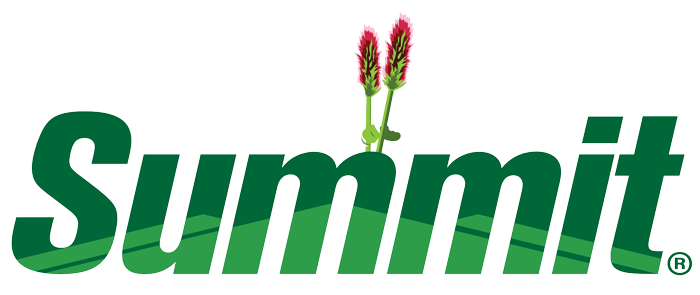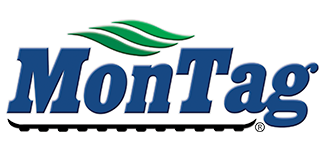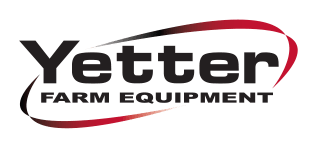COVER CROP SUMMIT SPEAKERS
|
Click "watch now" below to begin viewing any of the 6 free on-demand Fall 2020 Summit presentations. If you registered for FREE ACCESS, you have until 6 p.m. on Wednesday, Nov. 18, to view these sessions. If you purchased VIP ACCESS, you may continue watching these sessions for up to 12-months following the date of your registration. To learn more about VIP attendee benefits or to upgrade your registration to receive extended access plus access to 11 bonus presentations, click here.
|

SJOERD DUIKER
Professor of Soil Management, Penn State Univ.
"It's Not Too Late for Frost Seeding"
Although many growers may consider the “ideal” time to plant cover crops is immediately after harvest, having snow on the ground is not a reason to give up on utilizing the benefits cover crops can offer. This is where frost seeding comes into play as a cover crop seeding method.
Cover crop seeds are small and hardy, allowing Mother Nature to help establish seed to soil contact through the soil’s up and down movement as it freezes and thaws. There is no need for tillage when frost seeding is used.
Sjoerd Duiker, a professor of soil management and soil physics, will discuss the best cover crop species to use for frost seeding at the 2020 National Cover Crop Summit: Fall Edition. His presentation will also cover the preferred timing for frost seeding and how to effectively plant cover crop seeds when frost seeding for optimum results.
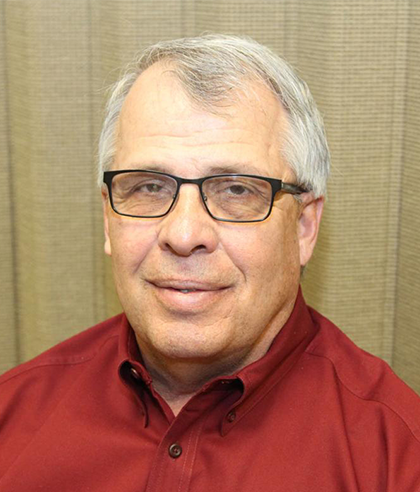
DAN FORGEY
Grower, Gettysburg, S.D.
"Improving Soil Health Through Diverse Crop Rotations Including Covers"
Crop rotations are a proven way to result in big positive results for soil health and improving biological activity and nutrient cycling. Cronin Farms, a no-till operation based near Gettysburg, S.D., has crop rotations down to a science, including forages and cover crops.
Dan Forgey serves as agronomy manager for Cronin Farms, which is owned by Monty and Mike Cronin. The farm transitioned to no-till in 1993 and established a rotational grazing system.
Forgey will discuss how the operation rotates through crops of corn, spring wheat, winter wheat, sunflowers, soybeans, flax, field peas and lentils. Forgey’s presentation will cover saving soil moisture through crop rotations, how crop residue provides nutrients for the next crop while protecting the ground, and how crop diversity helps control bugs and weeds.
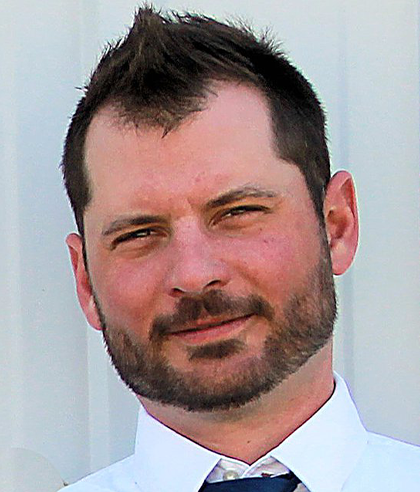
ADAM KRAMER
Grower, Prairie du Chien, Wis.
"Aerial Seeding Can Be An Effective Cover Crop Seeding Method"
Harvest season is a busy time. There is so much for a grower to organize, manage and stay on top of that adding one more thing during the season — like seeding cover crops — just seems way too daunting. However, there are other seeding options for growers to consider that don’t require any additional physical labor on the grower’s part. Aerial seeding is one of those options.
Aerial seeding is an ideal choice for getting cover crops seeded when time is of the essence, or when ground conditions are less than ideal for equipment, such as when soil is wet. Aerial seeding still provides the same flexibility for planting cover crop mixes, as the method can be used for multiple cover crop species.
Adam Kramer, grower and Certified Crop Advisor from Prairie du Chien, Wis., will discuss how aerial application can be an economical choice. Kramer’s presentation will share his experiences working with growers who are aerial seeding and what growers should know to help make aerial seeding successful in their operations.
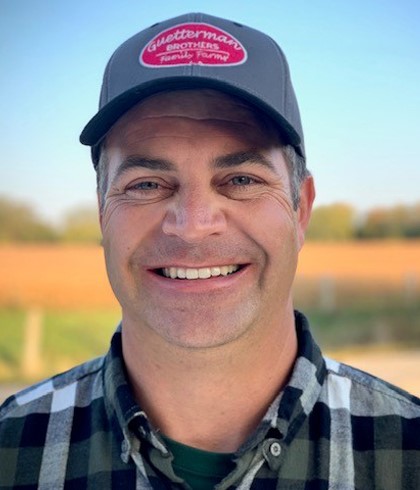
NICK GUETTERMAN
Grower, Miami County, Kan.
"Spice Up Corn & Soybeans with Cover Crops"
Corn and soybeans are the two most common crops grown in the U.S. Many growers who raise those crops might not know how to break the corn-and-soy cycle to include cover crops. One grower from Kansas shares tips on how it can be done.
Nick Guetterman farms with his father and 3 brothers in Miami County, Kan. Their 16,000-acre operation uses cover crops to increase their soil organic matter while growing corn and soybeans.
Guetterman will discuss how the operation has added cover crops such as winter peas, canola and rye to their corn and soybean rotation. Guetterman will also share how higher soil organic matter levels have resulted in higher yields, how double-cropping has helped with residue levels and improving soil health, and how the farm determines how much cover crops to seed between corn and soybean crops.
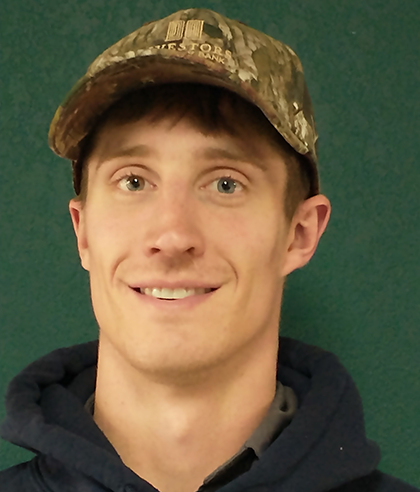
DAVID TRIMNER
Miltrim Farms, Athens, Wis.
"Cover Crops Work for Dairies, Too"
Dairy operations typically have one primary goal: make as much milk as possible, since that is the product they are paid for. Miltrim Farms, a dairy based in Athens, Wis., seeks to not just produce large quantities of milk, but also to be good environmental stewards of the land and water.
David Trimner, a 4th generation dairyman and General Manager of Miltrim Farms, will share how the largest automated dairy in Wisconsin has incorporated cover crops to enhance water quality. Miltrim Farms, established in 1988, milks 2,500 cows, grows crops on 4,800 acres and has 40 full-time employees. Trimner will discuss how Miltrim Farms uses covers to reduce erosion and water runoff, why the dairy uses minimal tillage practices, and how they interseed alfalfa into corn.
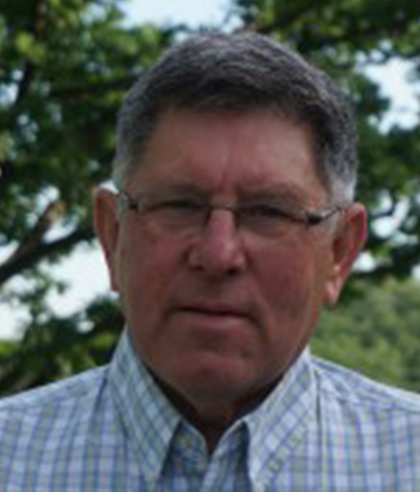
JOHN STIGGE
Grower and Lifestock Producer, Washington, Kan.
"Integrating Livestock with a Cover Crop System"
Adding livestock to a cover crop system is considered the last step in bringing cover crops full circle in an operation. One Kansas grower and livestock producer shares insights from 35-plus years of no-till, 23 years of cover cropping and using livestock to increase his soil’s health and productivity while significantly reducing input costs.
John Stigge, Washington, Kan., has a philosophy focused on soil health and raises carbon-negative beef on his 1,200 acre farm. Stigge and his family have mastered carbon sequestration, which results in accelerated growth of grasses and cover crops and increased soil organic matter.
THIS EDUCATIONAL EVENT IS MADE POSSIBLE WITH THE SUPPORT OF:
